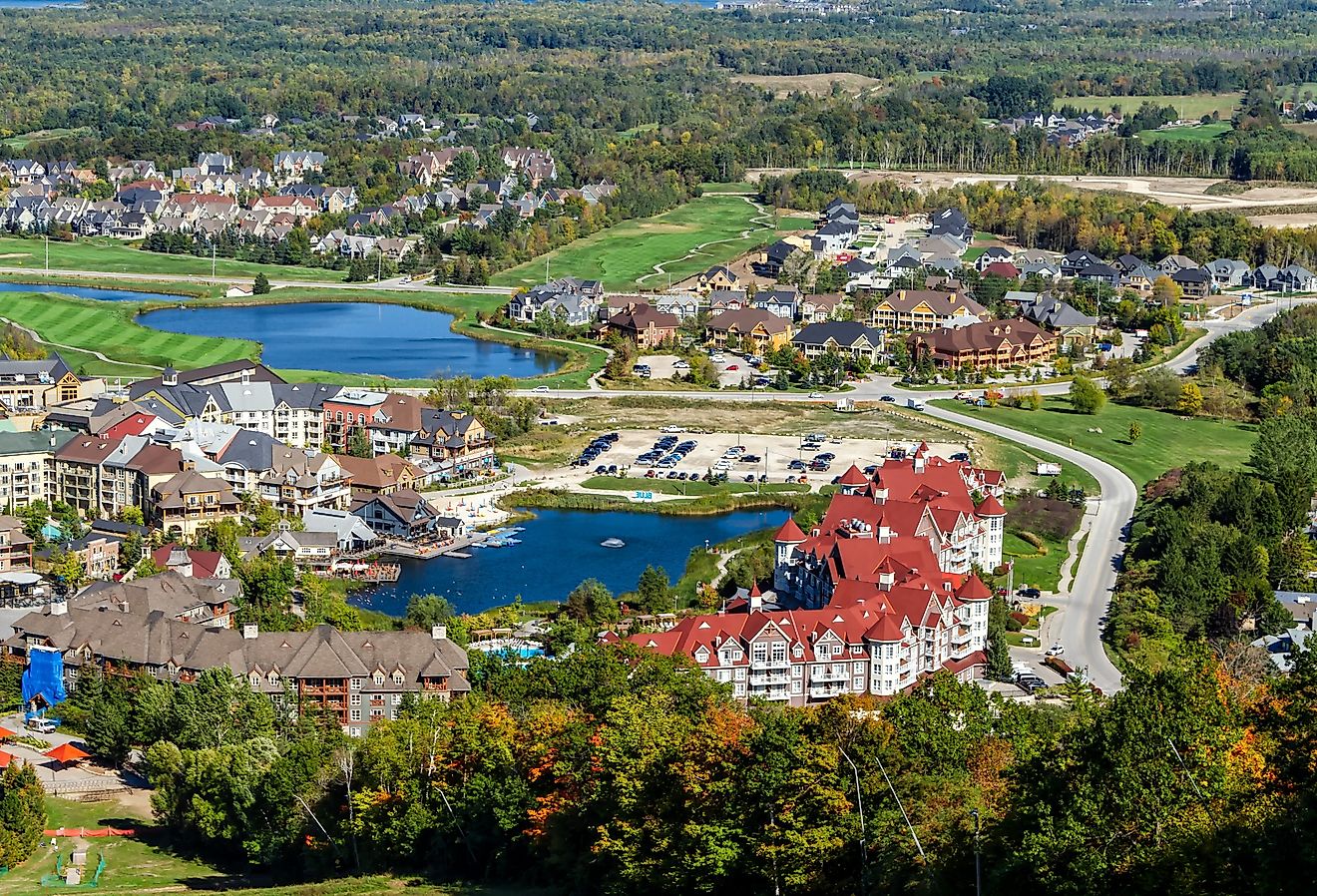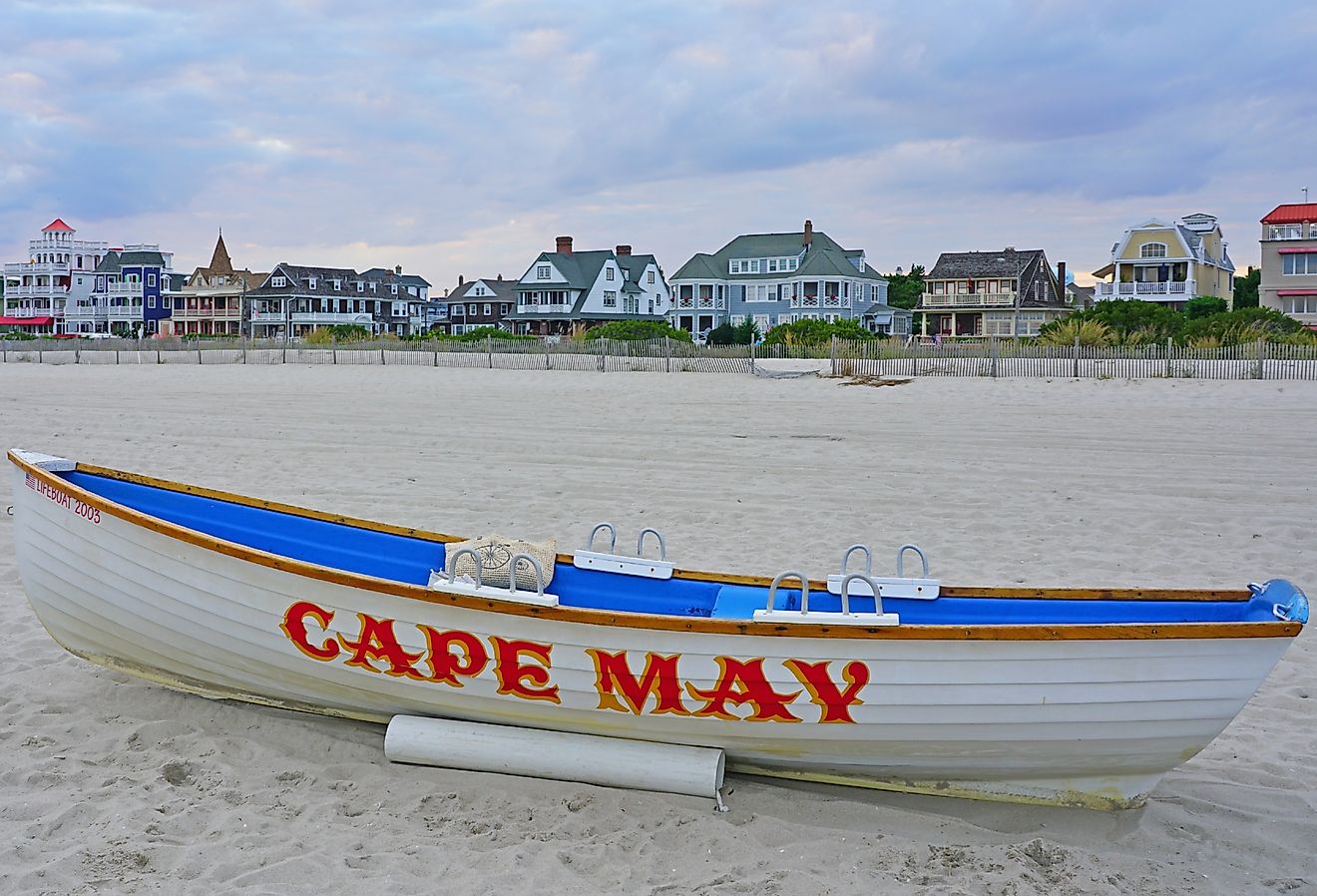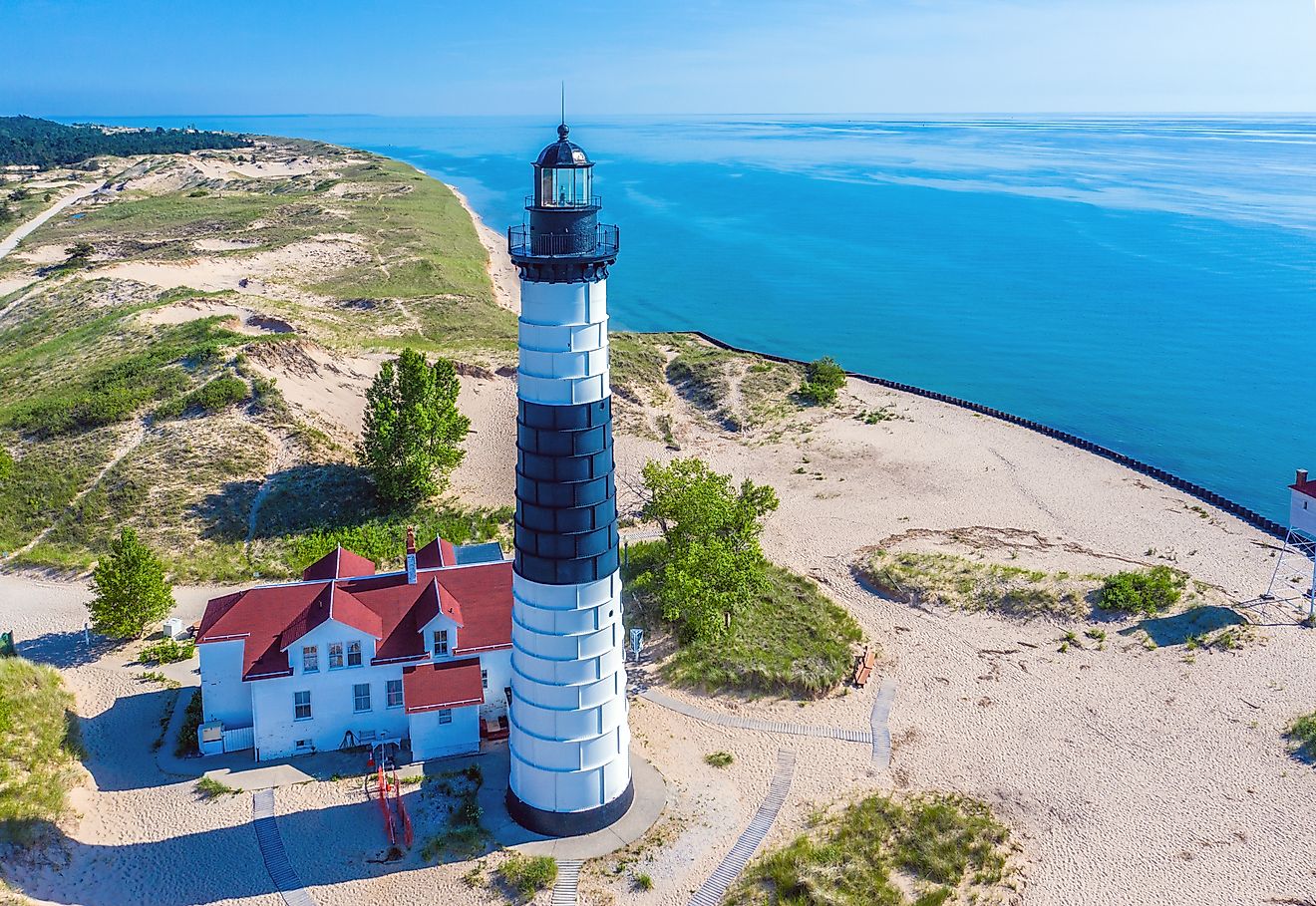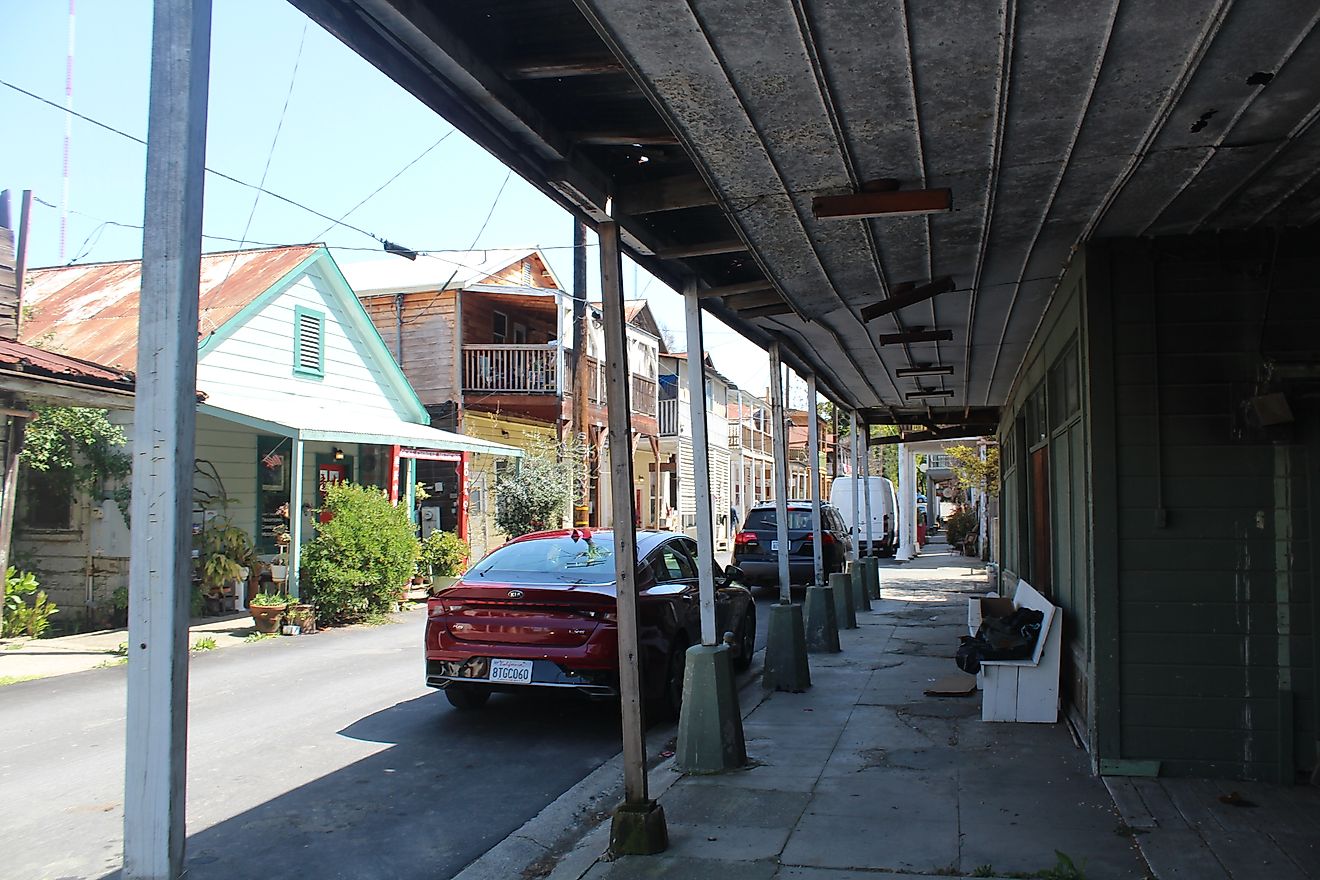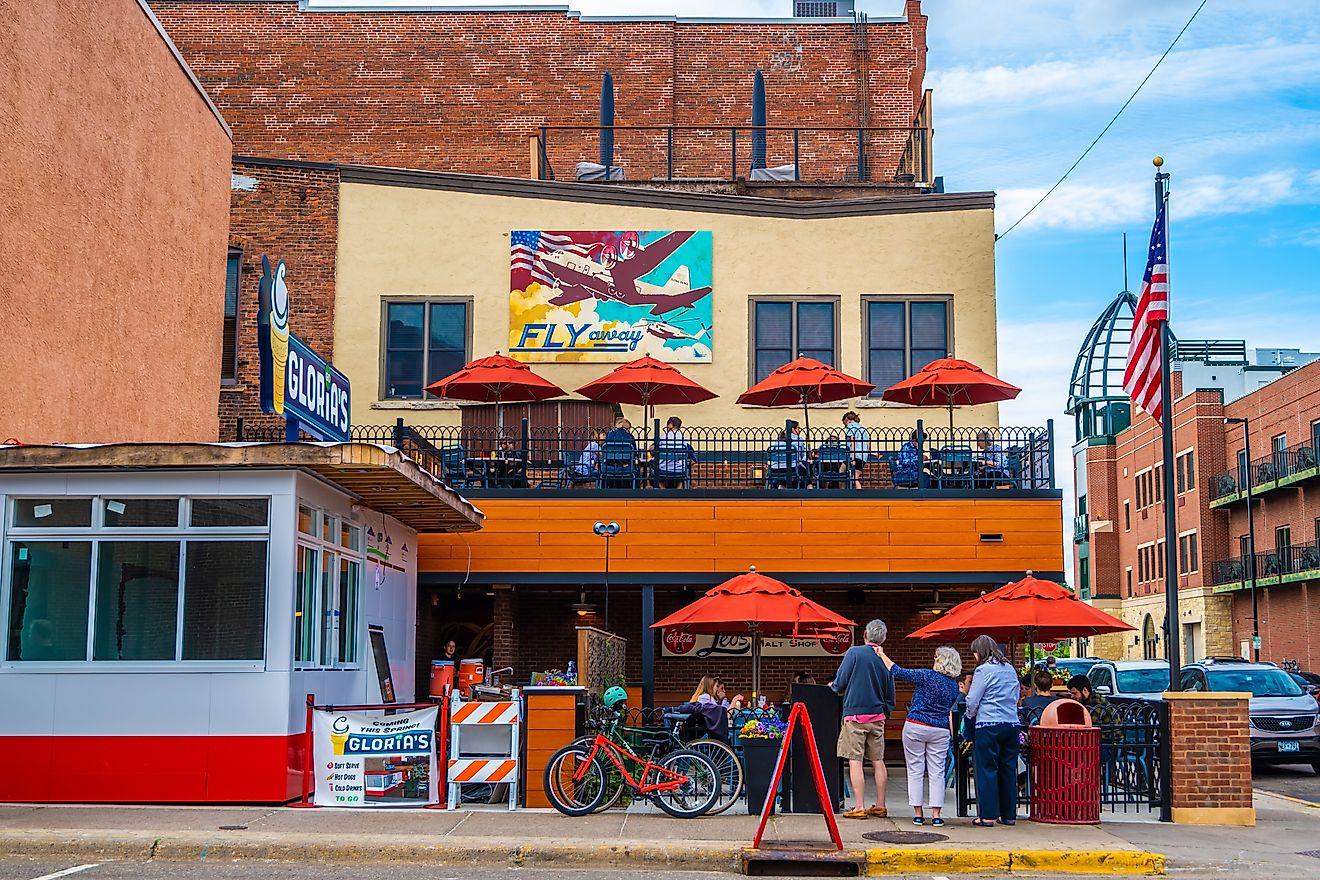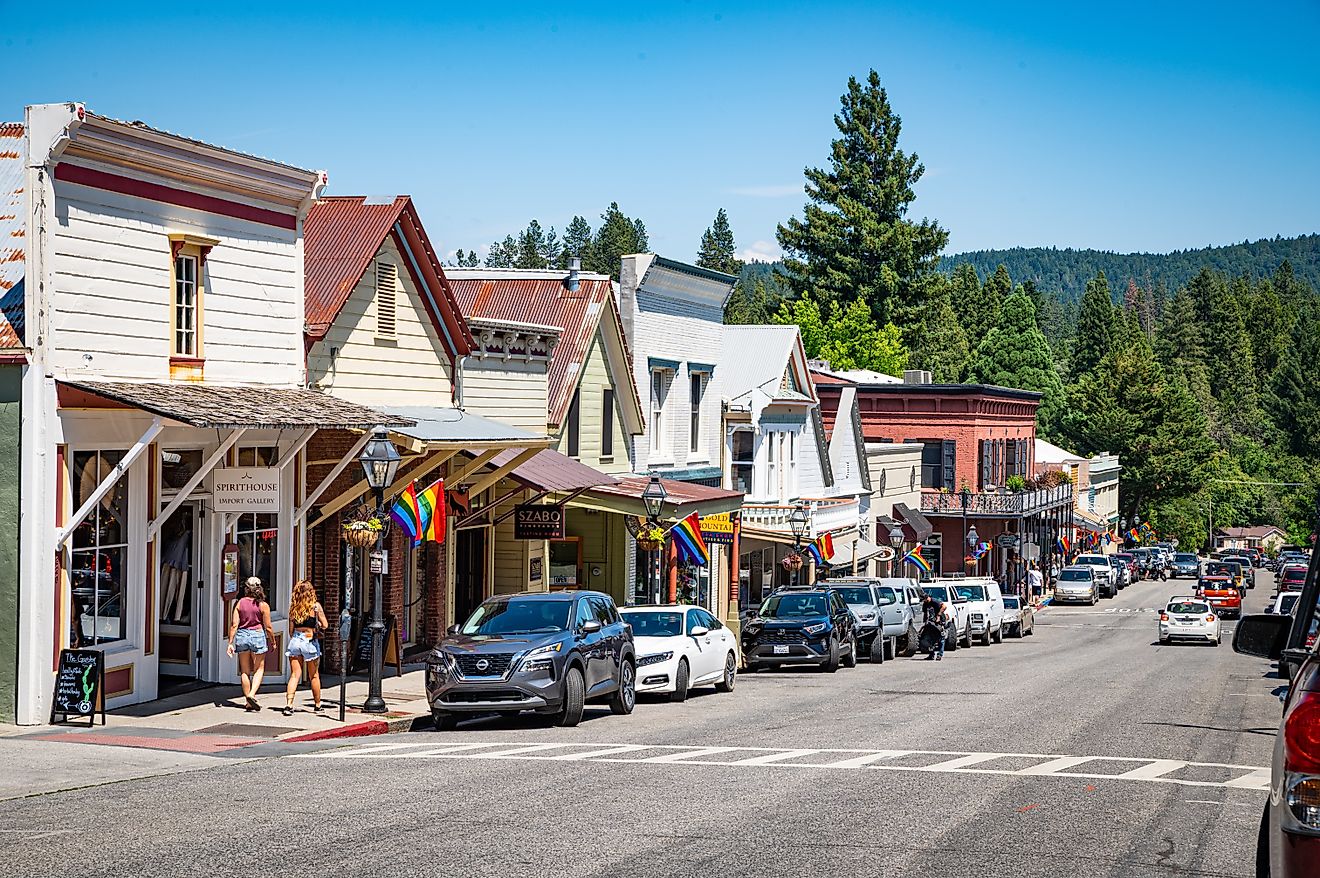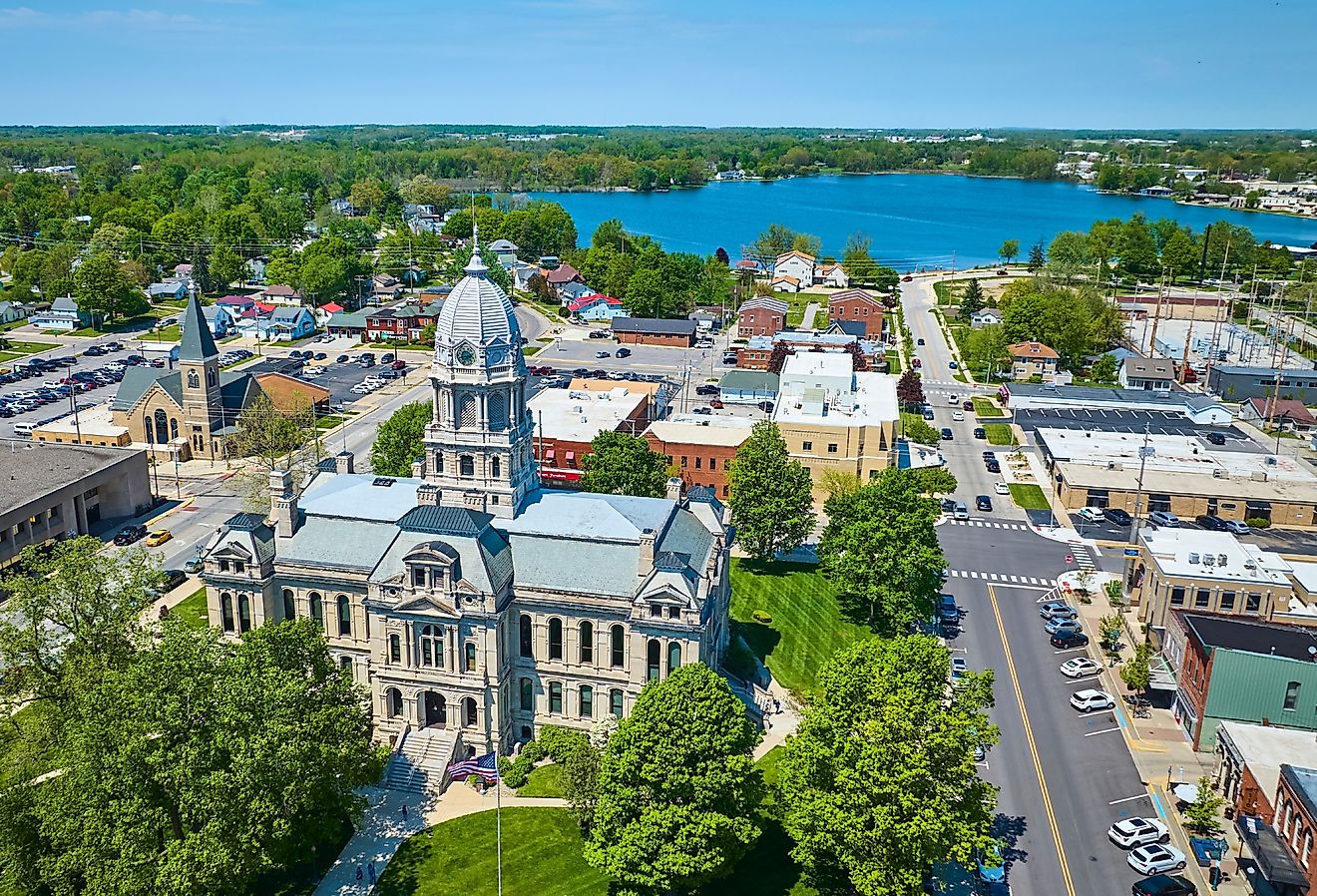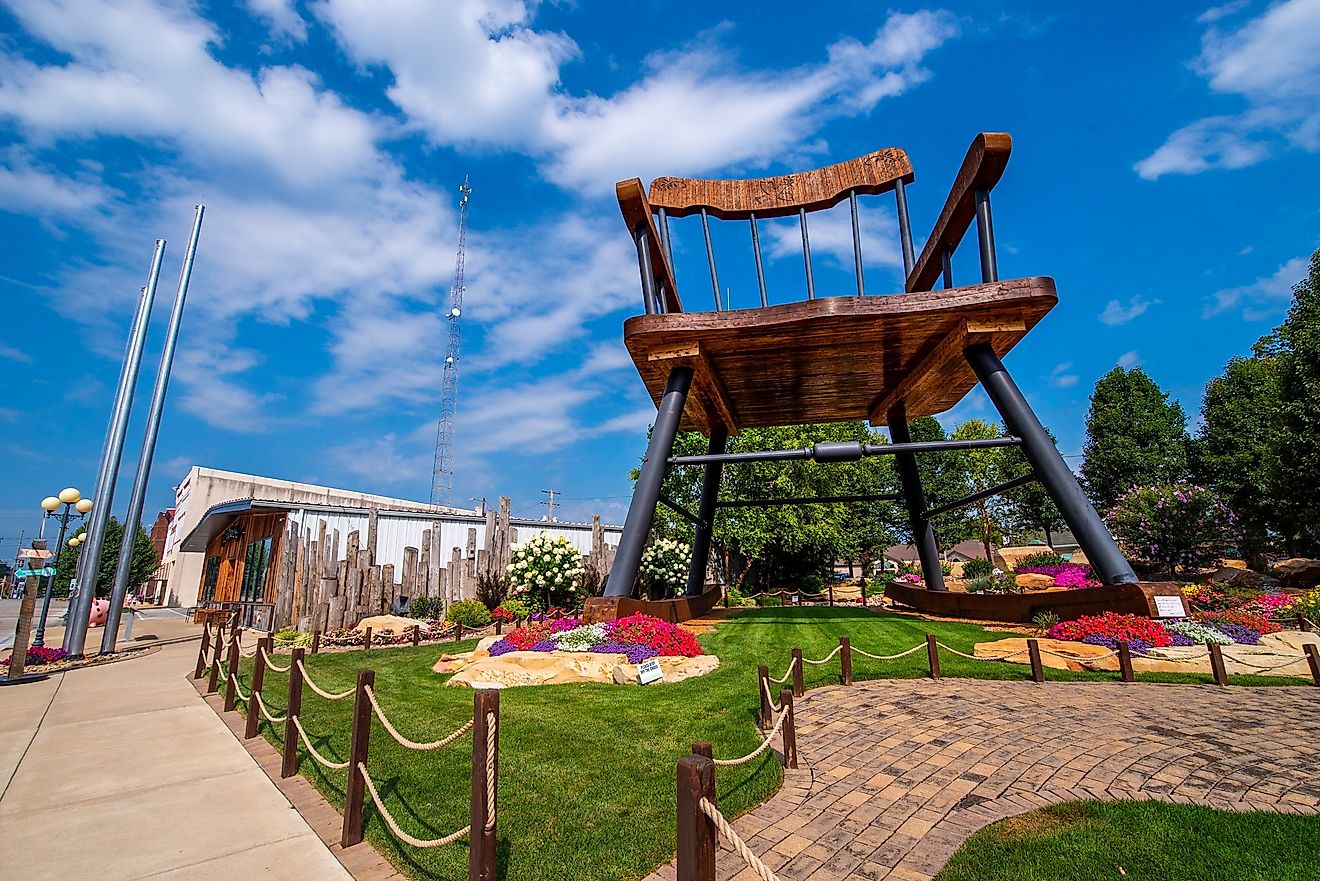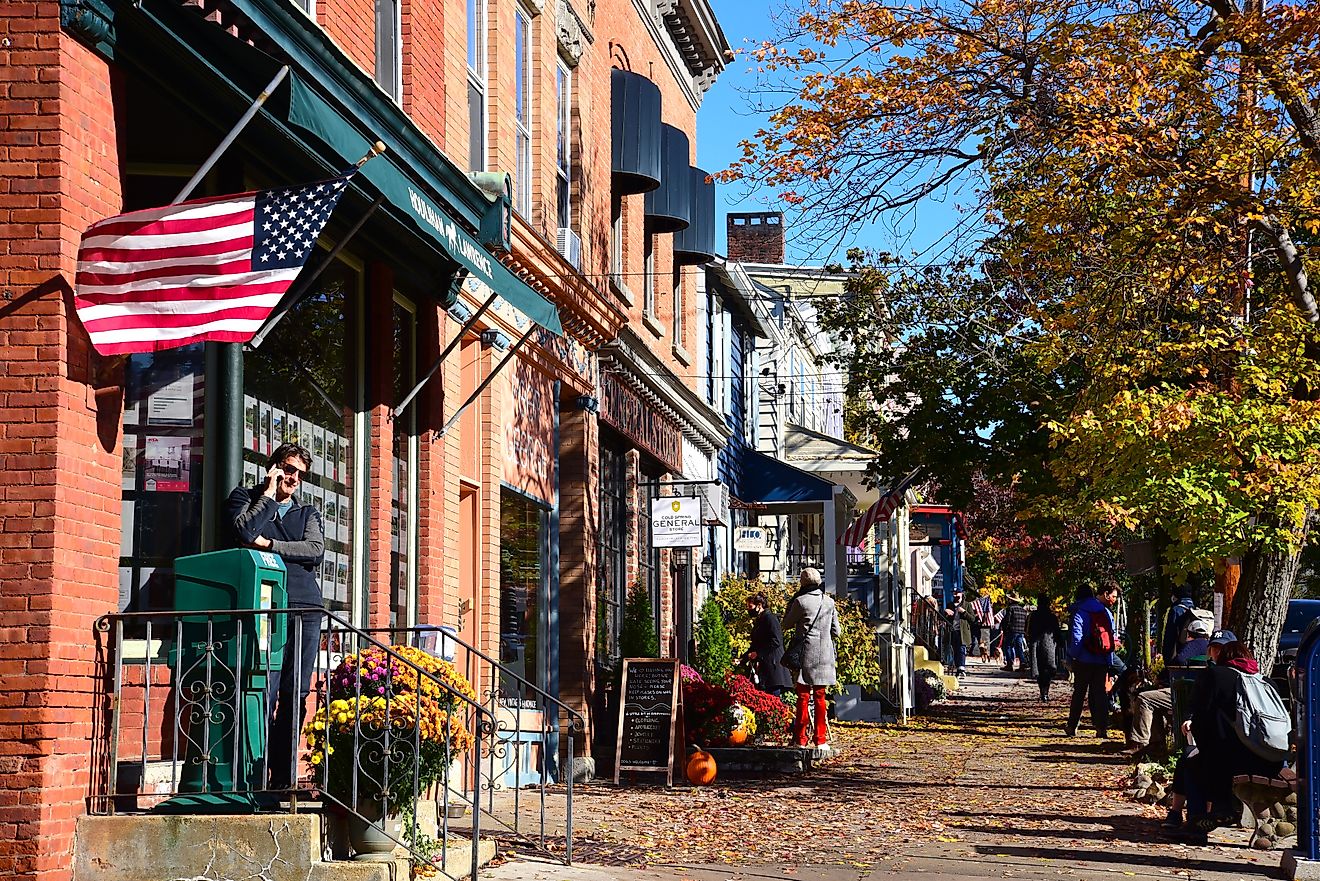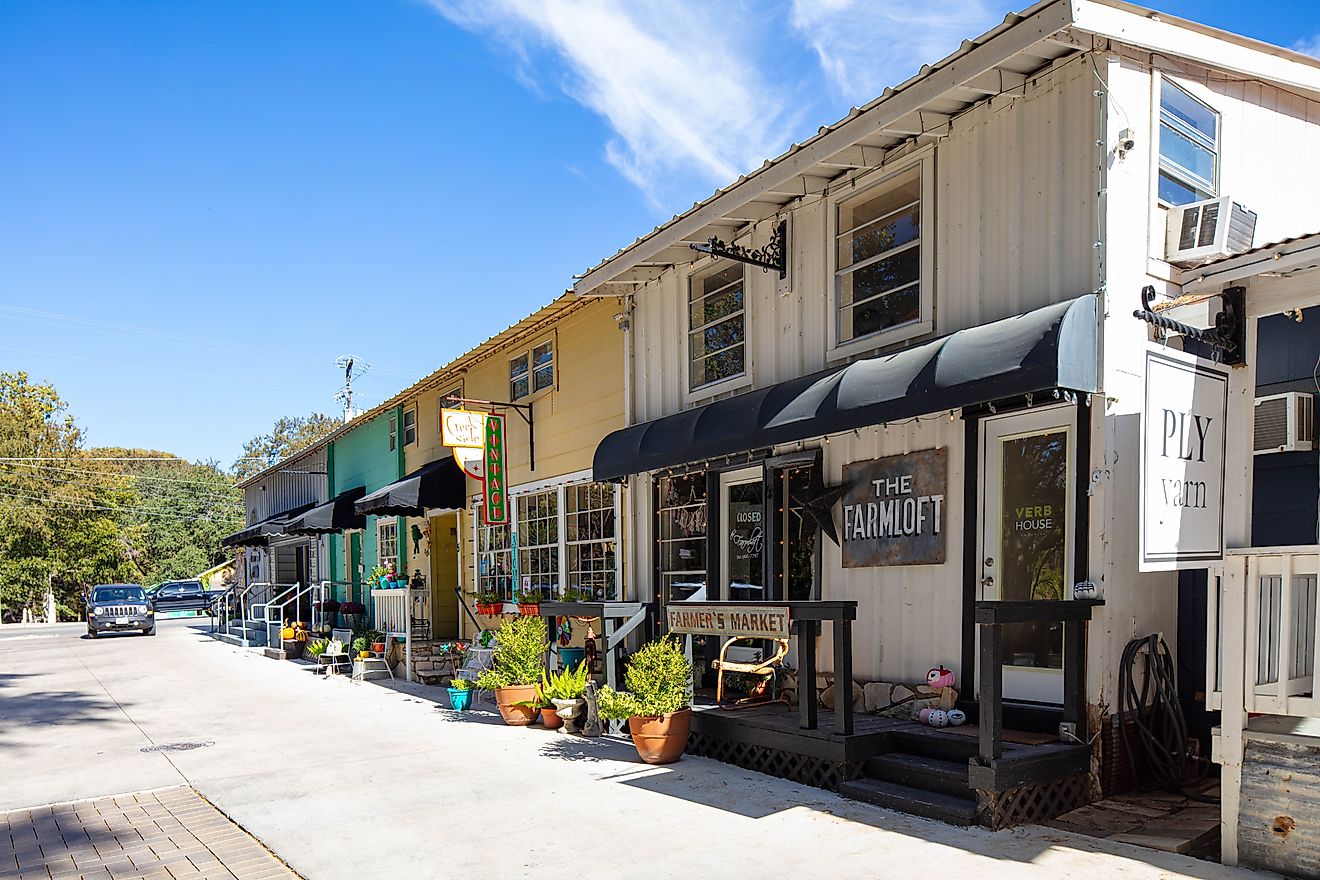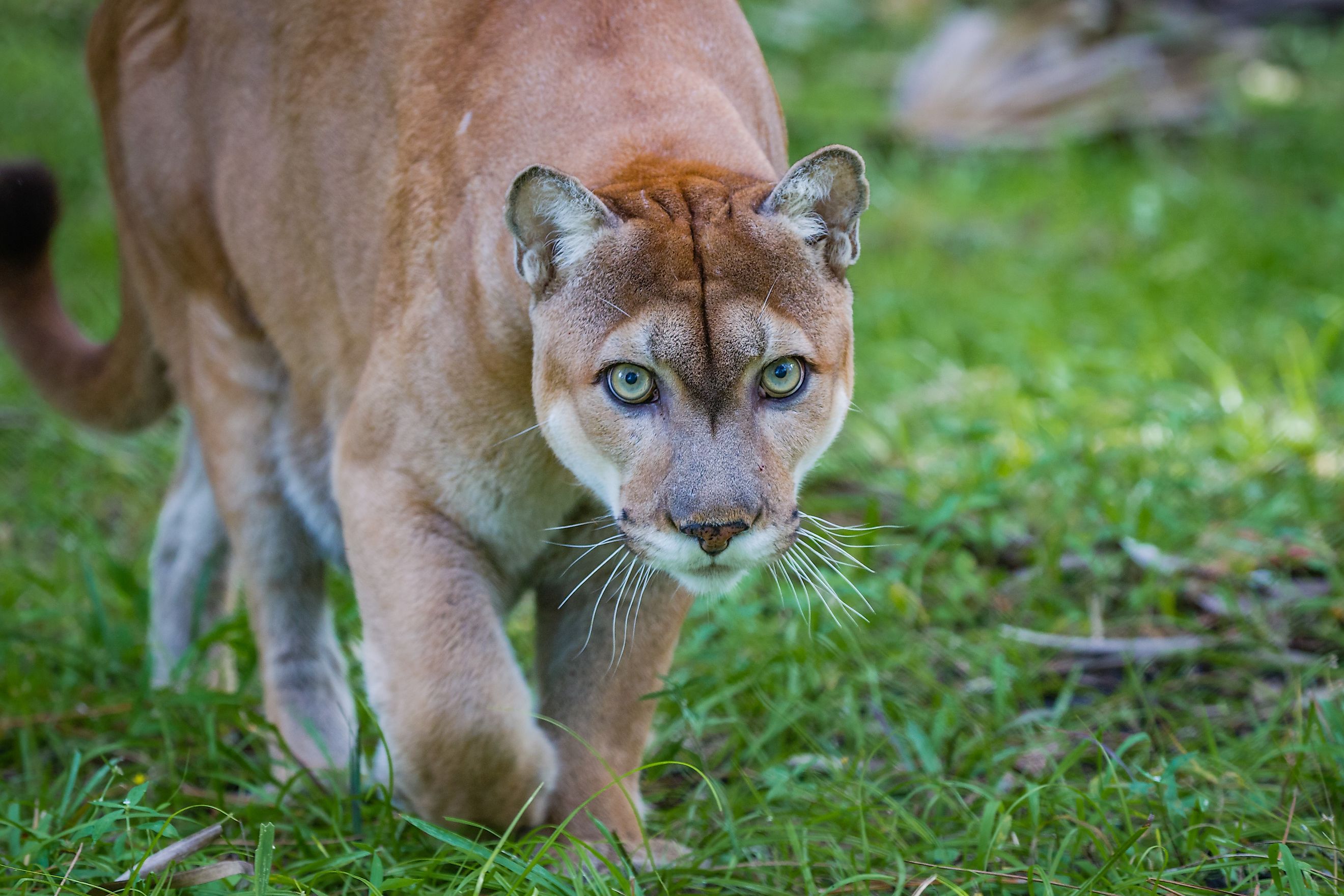
10 Best Destinations For Wildlife Spotting In Florida
According to the Nature Conservancy and the U.S. Forest Service, Florida is the seventh-most biodiverse state in the country - a great start for us wildlife enthusiasts. But it gets even better according to an analysis of a large photo library, the results of which suggests The Sunshine State may actually be the best region for spotting free-roaming animals. This creative Flickr-based study showed that 34.31% of the 682,181 photos posted from Florida were of wildlife. For reference, Texas and California followed suit at 18.53% and 14.71% respectively.
Florida's most commonly-sighted creatures include alligators (no surprise there), cottonmouth snakes (aka water moccasins), opossums, raccoons, iguanas, and water birds. And though more of a seasonal affair, we can't forget about those beloved manatees, birds of prey, and sea turtles that grace certain parks and refuges. The following ten destinations are some of the best that Florida has to offer in regards to observing all sorts of wildlife.
Everglades National Park
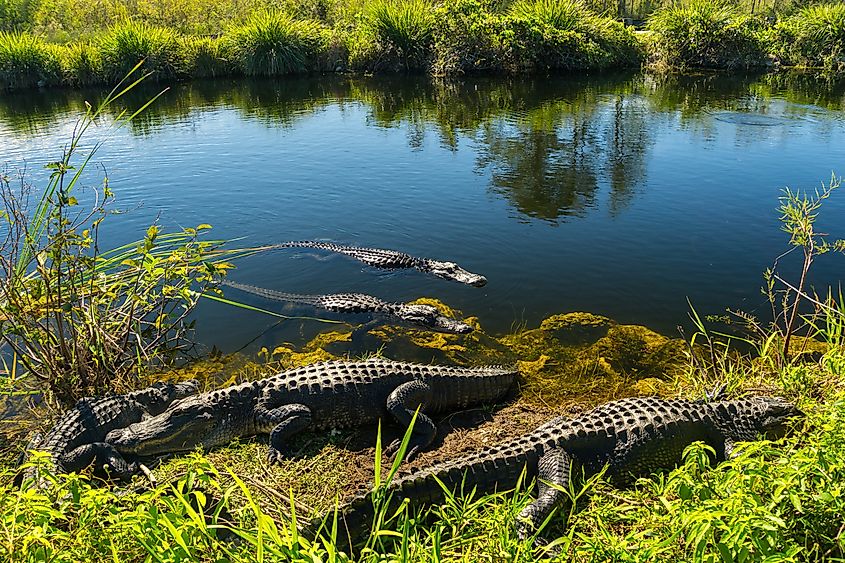
How can we begin anywhere else? The Florida Everglades is both famous and infamous. This 1.5 million-acre subtropical wilderness is famous for being one of the best national parks in the country, a World Heritage Site, an International Biosphere Reserve, and a Wetland of International Importance, but it is also infamous because of the rampant invasion by Burmese pythons. Even though the latter issue has decimated the small mammal population, there is still a wealth of wildlife to spot in the Everglades. There are 40 species of mammals (including the West Indian manatee, Florida panther, and black bear), over 360 species of birds, a whole host of amphibians, and iconic reptiles such as the American alligator, American crocodile, and tons of turtles/tortoises. Along with the aforementioned Burmese python, there may also be a breeding population of anacondas, but also a healthy mix of native snakes. Prospective wildlife watchers might want to aim for the winter dry season in order to ensure a more fruitful expedition.
Florida's Coral Reef
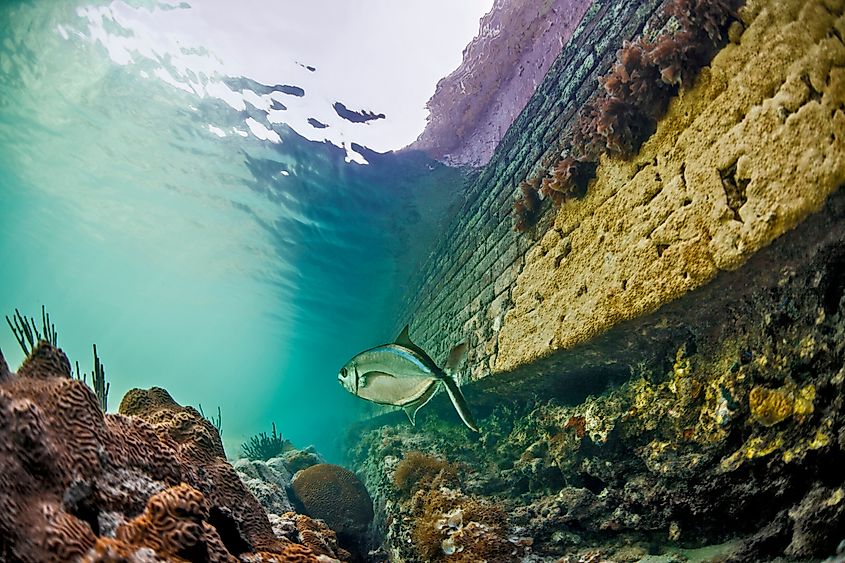
The only living coral barrier reef in the lower 48 (and one of the biggest coral reefs in the world) begins at Dry Tortugas National Park (in the Gulf of Mexico), spans the bulk of the Florida Keys, and then continues up the Atlantic Coast all the way to the St. Lucie Inlet - a total distance of nearly 350 miles. This impressive but delicate ecosystem contains 40 species of reef-building corals, which in turn support over 6,000 species of marine life. Scuba divers, snorkels, paddlers and wakeless boaters are sure to be inundated with colorful fish, and privy to everything from sea urchins and sea stars, to crabs and lobsters, to dolphins and sharks. In between the Keys and St. Lucie, other prime access points to the Florida Reef include John Pennekamp Coral Reef State Park, Biscayne National Park, and the Kristin Jacobs Coral Reef Ecosystem.
Merritt Island National Wildlife Refuge
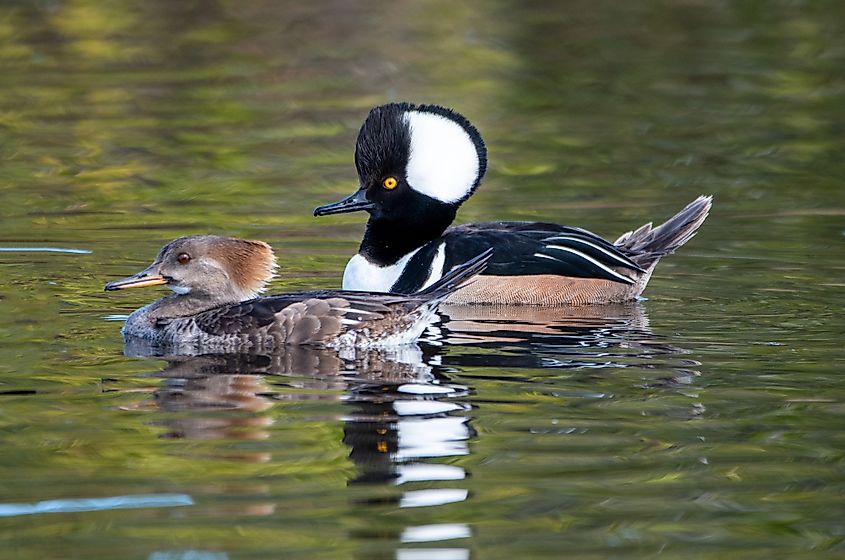
Sixty miles east of Orlando, in the shadow of the John F. Kennedy Space Station and Cape Canaveral Space Force Station, the Merritt Island National Wildlife Refuge is a surprisingly abundant site for plants and animals. This 35-mile-long barrier island (which amounts to 140,000 acres of protected coastal dunes, saltwater marshes, scrub, pine flatwood, and hardwood hammock habitats) offers sanctuary 358 species of birds, 140 species of freshwater and saltwater fish, and 15 federally-listed threatened or endangered species. Everyone can appreciate the loggerhead, green, leatherback, and hawksbill sea turtles, humpback whales, bobcats, and black bears, but it is the bird-watchers who will feel most at home on this part of the aptly-named Space Coast. Merritt Island NWR was formed strategically on the Atlantic Flyway, and therefore provides a crucial resting place for scores of migratory birds. Pack those binoculars and you'll see hawks, herons, sparrows, and sometimes even spaceships.
Myakka River State Park
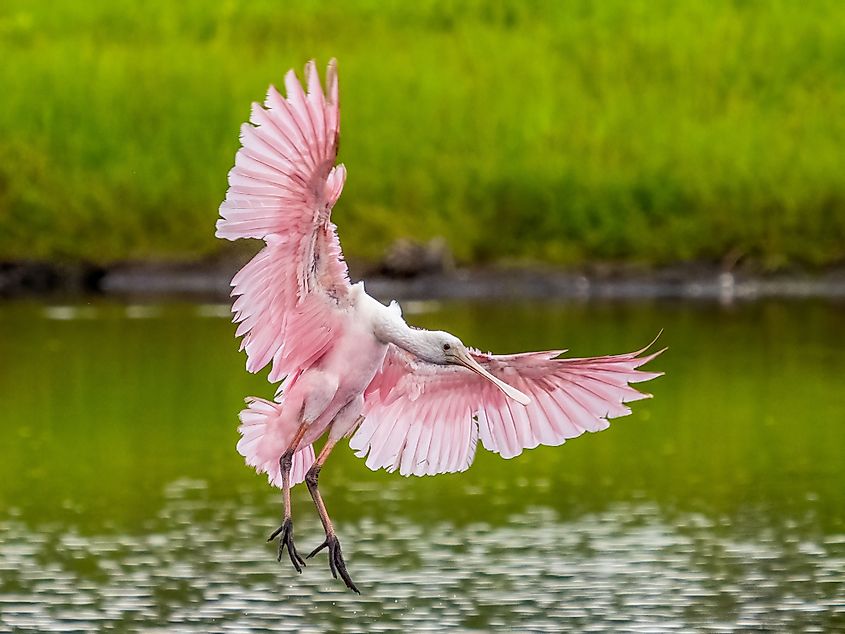
Scooting over to the southwest coast, one of Florida's oldest and largest state parks is well-equipped for wildlife watching. With the assistance of boat and tram tours, the Myakka Canopy Walkway (including the 74-foot-tall observation tower), the Birdwalk, and other thoughtful amenities, visitors can penetrate the dry prairies (one of the largest remaining protected swaths of this habitat), wetlands, pinelands, oak hammocks, and the titular river (the state's first designated wild and scenic river). Amongst the 58 square miles (37,000 acres) of diverse settings, expect to see alligators, turtles, and wading birds (year-round), and come wintertime, shorebirds, bald eagles, and ospreys are all common. The fauna also fluctuates with the water levels. Look for wildflowers and expressive grasses in the prairie portion of the park in October, and then beds of yellow coreopsis that burst onto the floodplain marshes come May.
National Key Deer Refuge
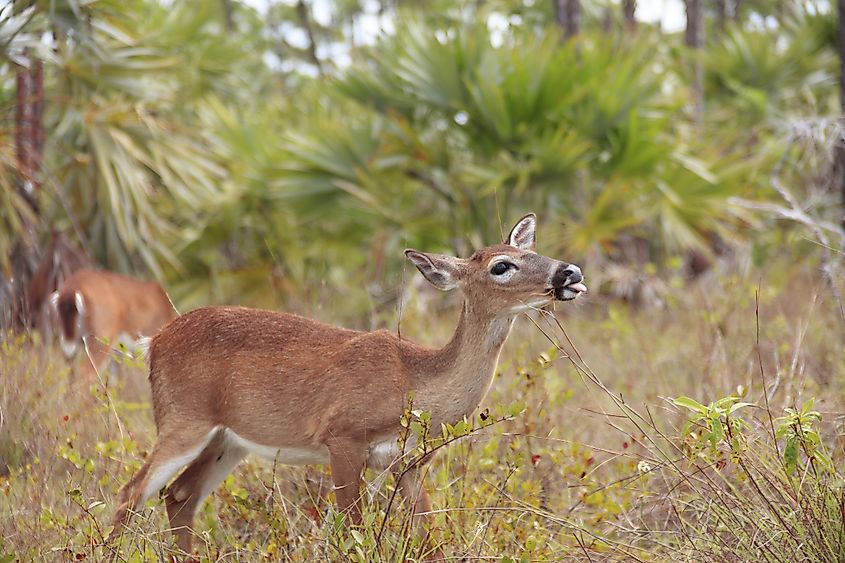
Spanning a 100-mile stretch of islands in the Lower Florida Keys, the National Key Deer Refuge provides a safe haven for the endangered Key deer (i.e. the smallest subspecies of North American white-tailed deer), as well as 20+ other endangered plant and animal species. In terms of the marquee mammal, this tiny reddish-brown, or sometimes grayish-brown herbivore is uniquely-adapted to the pine rockland forests, tropical hardwood hammocks, marshes, wetlands, and mangroves that constitute one of the southernmost parts of the United States. Each season brings new wildlife into the mix. For instance, migrating birds stop over in the Keys between January and April, green and loggerhead sea turtles nest here in May/June, and record-breaking numbers of peregrine falcons fly through in September and October. Regardless of the time of year, prospective tourists may wish to start their journey at the Nature Center, on the Big Pine Key, before fanning out to the host of small surrounding islands.
Crystal River National Wildlife Refuge
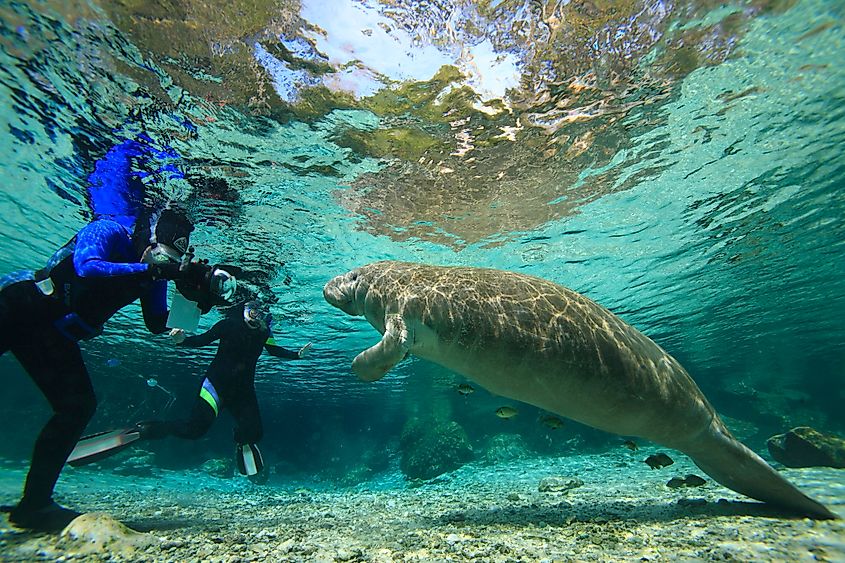
An hour or so north of Tampa, right in the thick of the Gulf Coast, manatees hog the spotlight. The Crystal River National Wildlife Refuge is the only such entity dedicated to the protection and preservation of the threatened Florida manatee (a subspecies of the West Indian manatee). Anyone interested in seeing these gentle giants in their natural habitat should visit between mid-November to late March. As one might expect, exploring the Crystal River NWR is predominantly a waterbound endeavor. Paddle crafts, snorkels, and wetsuits can all be rented on site, or if you'd prefer to stay dry and keep a respectful distance from the 800-1,200-pound "sea cows," there is a boardwalk at Three Sisters Springs, as well as local hiking trails that parallel the key waterways.
Archie Carr National Wildlife Refuge
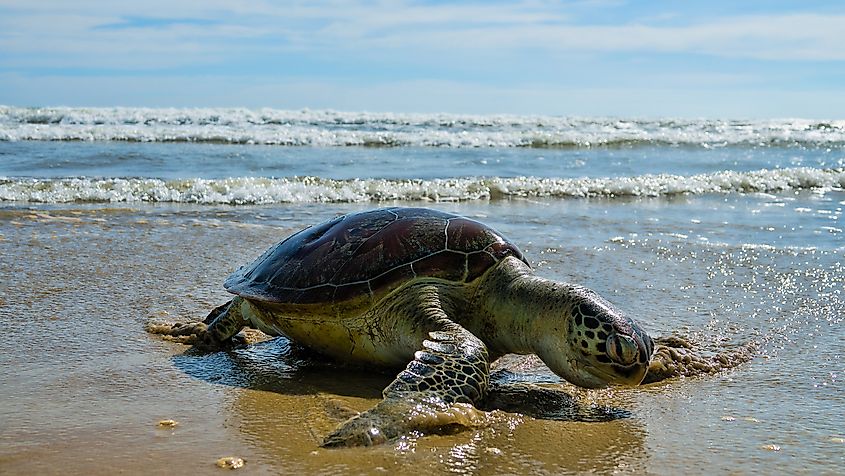
Back on Florida's central Atlantic Coast, right where the Space Coast transitions to the Treasure Coast, the Archie Carr National Refuge continues the trend of nurturing threatened and endangered species within view of the public. This slim 20.5-mile stretch of shoreline between Melbourne Beach and Wabasso Beach marks the most significant area of refuge in the world for nesting loggerhead sea turtles and the best such place in North America for nesting green sea turtles. Each year (with the peak coming between May and August), loggerheads lay between 8,000 and 20,000 nests, while the green turtles dig anywhere from 1,000 to 15,000. Given the approximately 60-day incubation period, this means that teams of babies will be regularly rushing to the sea throughout late summer and early fall. Archie Carr is also well-utilized by a wide spectrum of other reptiles, birds, fish, and mammals and is enjoyed by pedestrians who come to observe these various creatures in action, visit the Barrier Island Center, go for a hike, or simply cast out a line and watch the day float by.
St. Marks National Wildlife Refuge
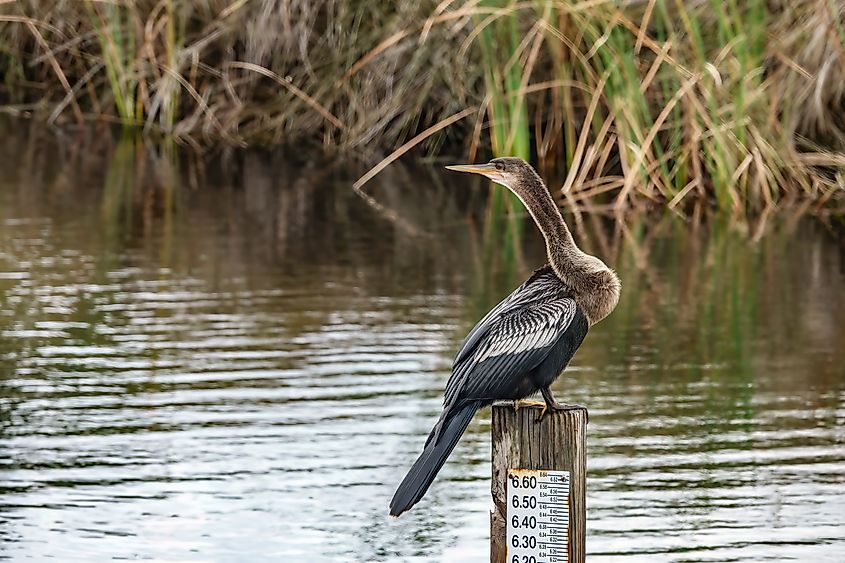
Just 25 miles due south of Tallahassee, St. Marks National Wildlife Refuge provides another important site for migratory birds and everything else from bobcats to butterflies. Hundreds of species, some permanent residents, others seasonal visitors, lean on the 86,000 acres (17,350 of which are designated as a National Wilderness Area and 43 miles of which are prime Gulf Coast shoreline) within St. Marks' current boundary. To name a few: spring brings osprey and woodpeckers, summer sees white ibis, freshly-hatched alligators, and bald eagles, Monarch butterflies find St Marks in the fall, and the cooler winters welcome bobcats, bears, great blue herons, and deer. St. Marks is not only one of the most precious places on the Panhandle for wildlife and wildlife viewers but one of the oldest entities (established in 1931) in the National Wildlife Refuge system.
Blue Spring State Park
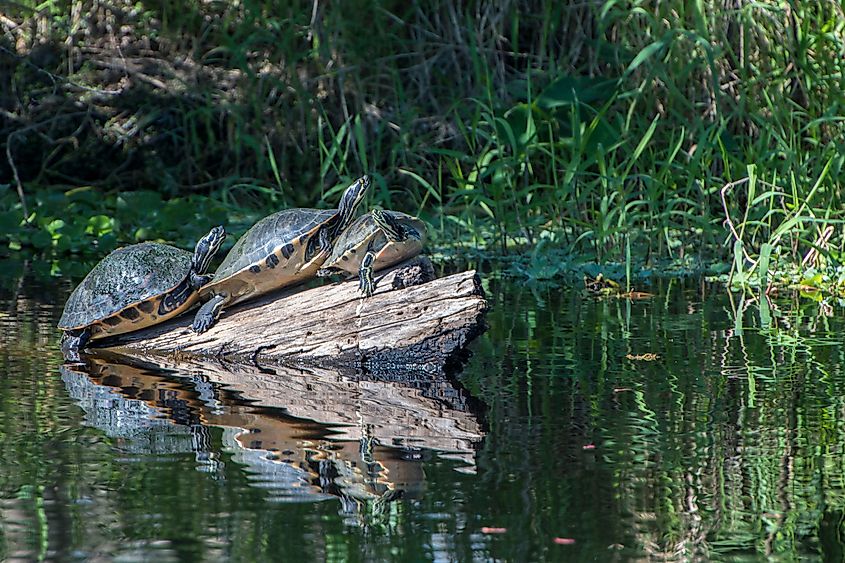
Thanks to its titular cool-water spring, Blue Springs State Park is a refreshing summer swimming hole but also a viable wintering refuge for manatees. When the centralized state park (i.e., 33 miles north of Orlando, 32 miles east of Daytona Beach) first opened, little more than a dozen manatees were tracked in the area. Thirty-five years later, with the aid of park improvements and protection strategies, that figure was boosted to 200. Last year, a total of 729 manatees were tracked through the Blue Springs Run (note: peak season is from mid-November until March). The schools of fish here also serve to attract not only anglers but many wading birds, kingfishers, ospreys, and eagles. In order to get the best-viewing prospects, visitors are encouraged to walk the boardwalk by the crystal-clear spring, hike the run-paralleling Pine Island nature trail, rent a paddle/canoe, or join a guided riverboat cruise.
Florida Caverns State Park
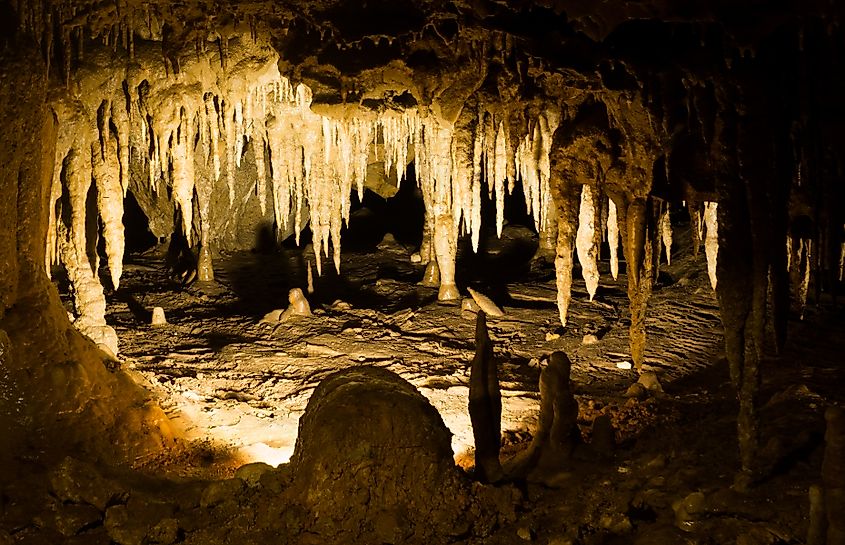
Changing course in some stimulating ways, Florida Caverns State Park not only offers a captivating glimpse into the subterranean realm but also offers a home for several species not yet seen on this list. Ever since the Civilian Conservation Corps chiseled out comfortable passageways in the 1930s, visitors have been able to tour the large underground rooms of this special cave system. Nowadays, stalactites, stalagmites, flowstones, and draperies are illuminated with multi-colored LED lights. And long after the guided expeditions have vacated, the blind cave crayfish, cave salamanders, and roosting bats (there are three known species on site) that call Florida Caverns State Park home remain. See if you can spot any of these introverted vertebrates (well, crayfish are actually invertebrates, but I couldn't resist the wordplay) during your adventure.
Florida is blessed with an estimated 700 terrestrial mammals, 524 native species of birds, 1,200 species of fish (freshwater and marine), and many thousands of insects and invertebrates - not to mention its plethora of tropical and subtropical plants. Lots of these creatures are commonplace, many are seasonal, and some are on the cusp of extinction. But in any case, these ten locations are sure to unveil a treasure trove of wildlife across a host of intriguing habitats.
